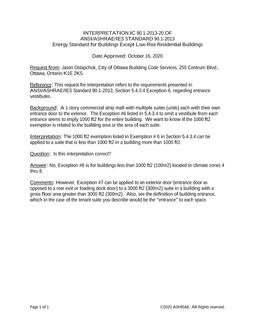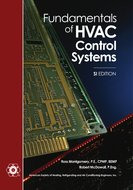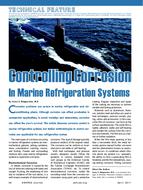Phase-Change systems remain to be mostly widely used for storage of thermal energy such as the energy harnessed by solar collectors. Some argue that they are the best for storing such energy. The major disadvantage of phase change materials (PCMs), however, is their low thermal conductivities, which drastically slow the charging/discharging processes and cause temperature variations in PCMs, while requiring large heat transfer area. Metal foams are porous media that possess thermal conductivities that are an order of magnitude higher than PCMs. When embedded in PCMs, the random internal structure and high porosity of metal foam enhance and accelerate the phase change process without significantly reducing PCMs’ heat storage capacity. Unlike traditional PCM systems, the distribution of the open-cell foam ligaments in PCMs makes the melting and solidification processes significantly uniform overall PCMs; it also shortens charging and discharging times. The design, fabrication and characterization of a small PCM-metal foam thermal storage system are given. The core of the system is a cylinder composed of 90%-porous open-cell aluminum foam filled with paraffin-based PCM. The cylinder walls are made from copper. The foam occupies only 10% of the total volume of the cylinder. The storage system was tested in an open loop cylindrical wind tunnel. Results for the convection heat transfer coefficient andthe effect of volumetric flow rate on it are shown. The total heat transfer from the system is also presented and discussed.
Citation: ASHRAE Conference Papers, Chicago IL
Product Details
- Published:
- 2012
- Number of Pages:
- 8
- File Size:
- 1 file , 680 KB
- Product Code(s):
- D-CH-12-C038


